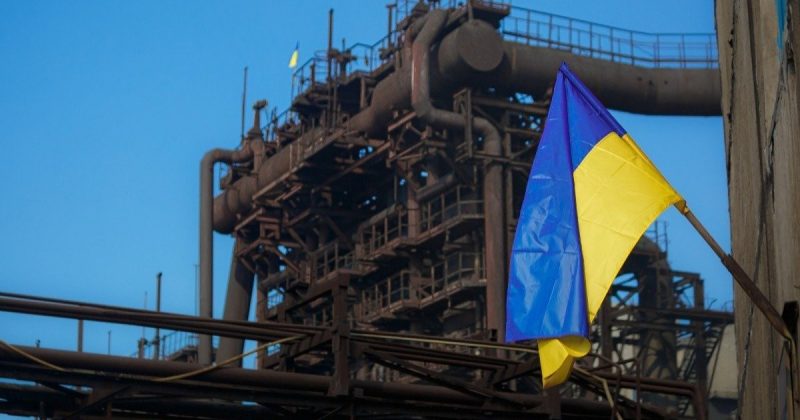
Ukraine’s Metallurgical Coke Imports Increase in 2025
Ukraine’s steel industry boosted metallurgical coke imports to 433,510 tons between January and August 2025. This represents a 6.1% rise compared to the same period in 2024, according to data from the State Customs Service. In August alone, imports surged 69.9% month-on-month to 68,840 tons, marking the highest monthly volume this year. Despite a general downward trend earlier in 2025, imports have increased steadily since July.
Most coke imports came from Poland, which supplied 397,170 tons in the first eight months. Indonesia and the Czech Republic contributed 27,670 and 8,630 tons, respectively. Notably, Polish shipments in August jumped 75.8% month-on-month. Spending on coke imports decreased 3.5% year-on-year to $145.08 million during January-August but increased 64.4% in August alone.
Production Challenges and Import Dependency in Ukraine
Ukraine’s coking coal and coke production plummeted by 74% and 85%, respectively, from 2013 to 2024. This decline is largely due to mines and coke facilities located in territories currently outside government control, accounting for 64% of total assets. To sustain steel production levels of up to 6.5 million tons and commercial pig iron output, Ukraine requires around 3.2 million tons of coke annually. In 2024, up to 20% of this demand was met through imports, a figure expected to rise in 2025 following the shutdown of the Pokrovsk Coal Group.
In April 2025, Metinvest Group imported its first U.S. coking coal shipment, with plans for monthly deliveries. This move supports Ukraine’s efforts to diversify supply sources amid domestic production challenges. Ukraine’s coke imports doubled in 2024 to 661,490 tons, costing $235.47 million, an 81.9% increase over 2023.
SuperMetalPrice Commentary:
Ukraine’s rising coke imports underscore the country’s growing reliance on external suppliers to sustain steel production. The sharp domestic production decline and geopolitical challenges continue to pressure local industries. However, strategic imports, particularly from Poland and the U.S., help mitigate supply risks. Market watchers should closely monitor these trade flows and infrastructure shifts, as they will impact regional steel markets and commodity pricing.



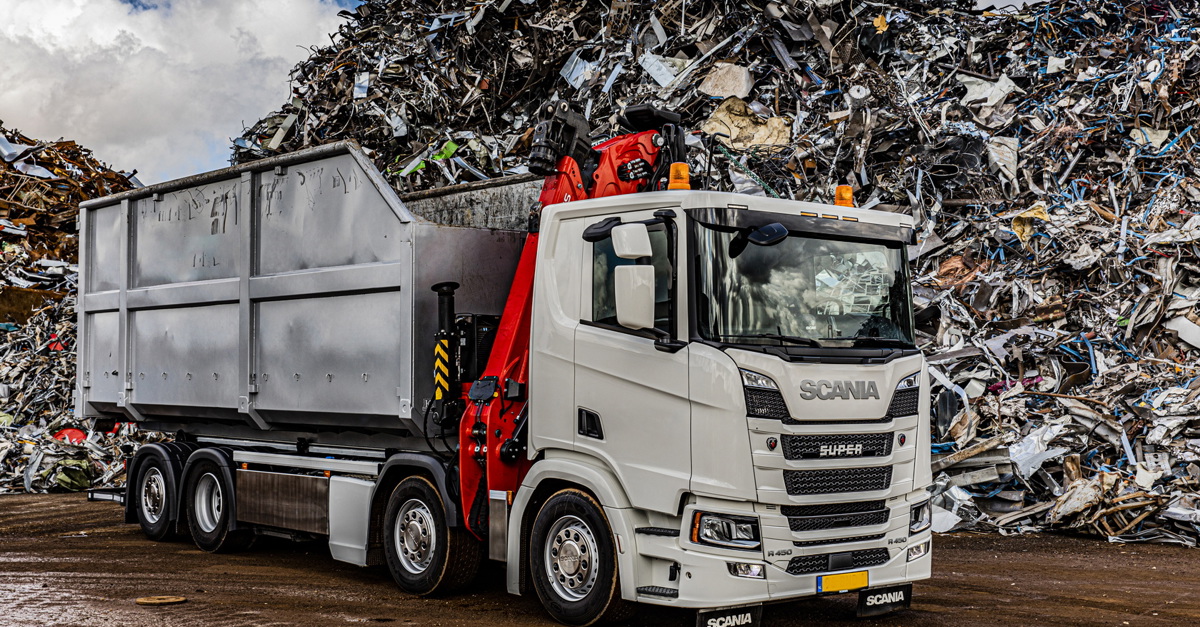



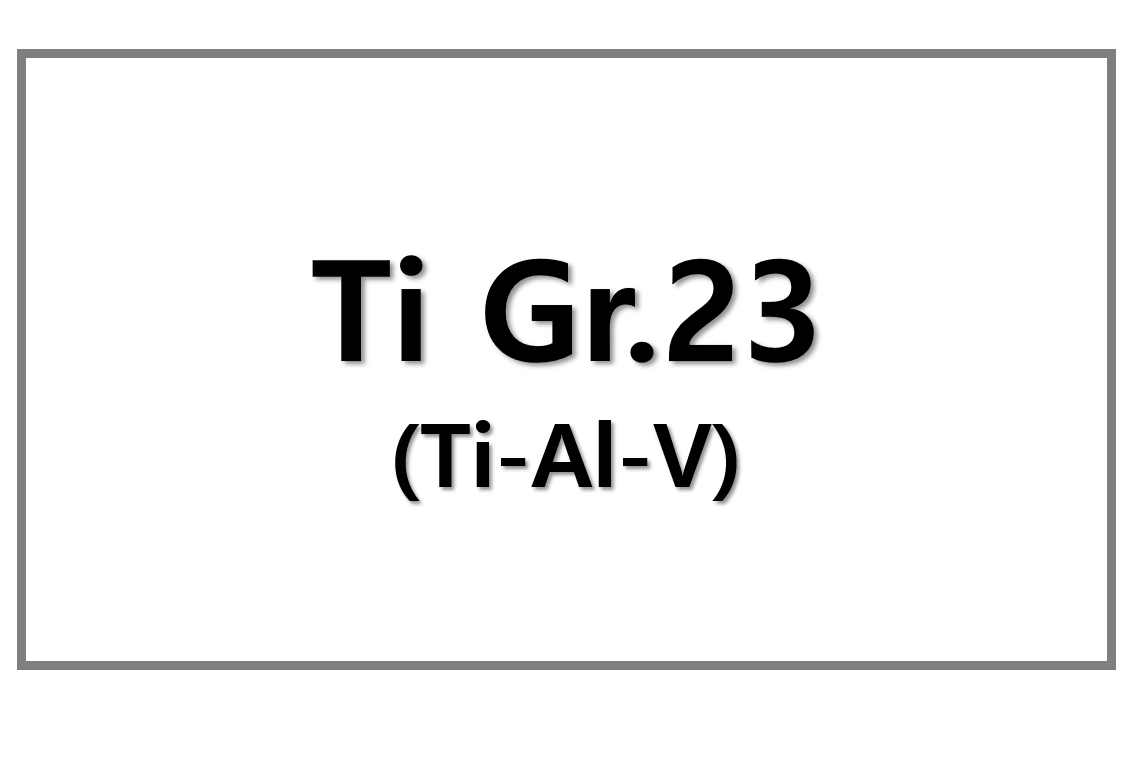
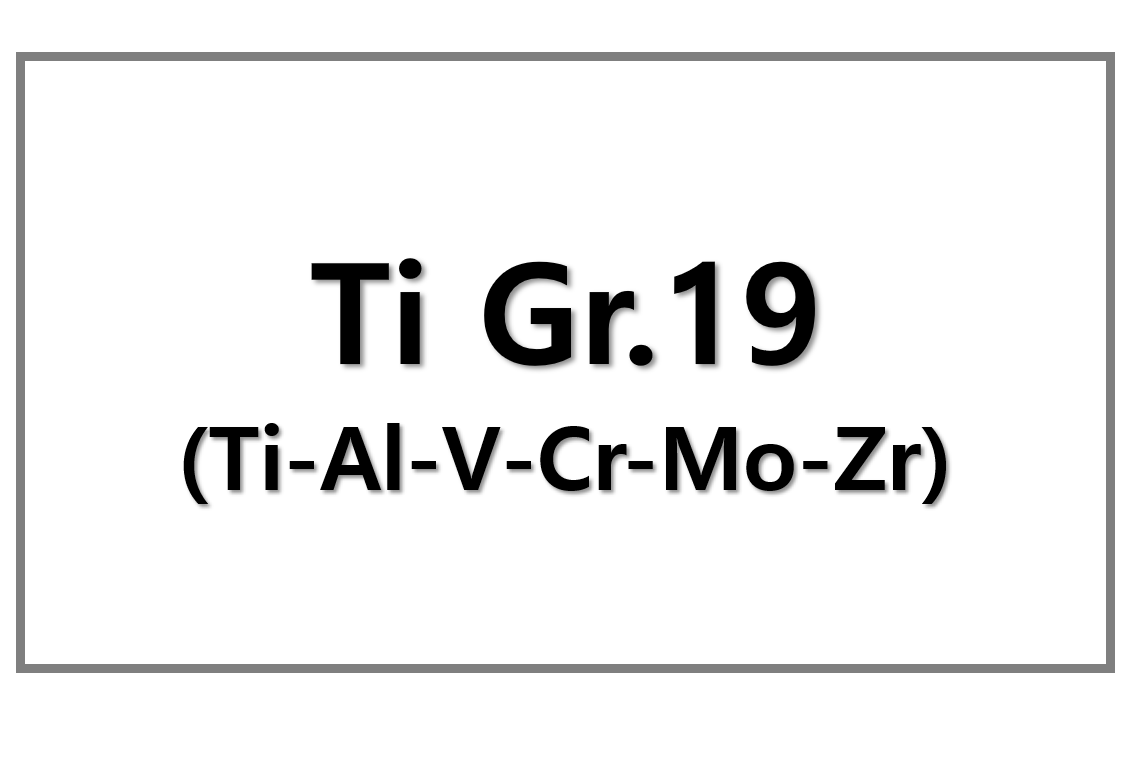
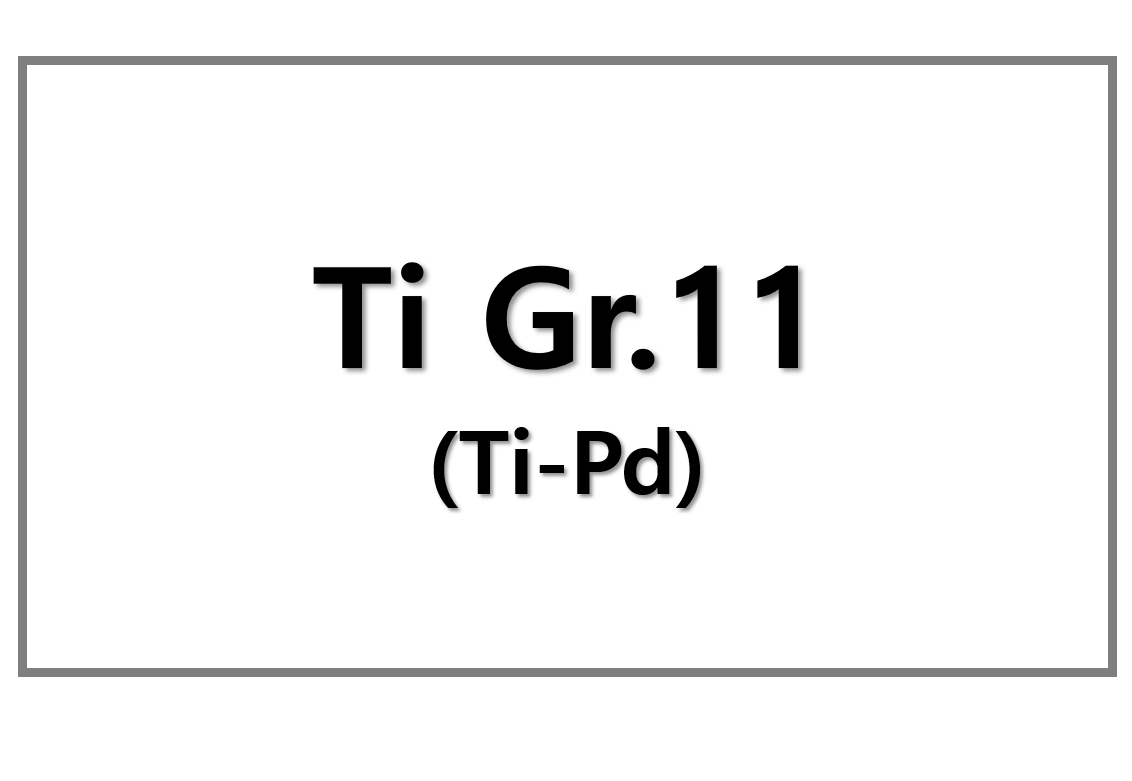

Leave a Reply
You must be logged in to post a comment.